The maximum amount of fat that can be extracted during a liposuction is usually no more than 5000 milliliters, and the specific amount depends on individual physical condition and doctor's assessment. Excessive liposuction may lead to serious complications such as fat embolism, infection, or organ damage. Liposuction surgery should be performed under the guidance of a professional doctor, with a comprehensive assessment of health status before surgery and strict adherence to nursing recommendations after surgery.
1. Safety range of liposuction surgery
The safety range of liposuction surgery varies from individual to individual, but it is generally recommended that the amount of liposuction per session should not exceed 5000 milliliters. This standard is based on medical research and clinical practice, aimed at reducing surgical risks. Excessive liposuction may lead to fat embolism, where fat enters the bloodstream and causes serious complications such as pulmonary embolism. Extensive liposuction may also increase the risk of infection and affect postoperative recovery.
2. Factors affecting liposuction volume
The determination of liposuction volume requires consideration of multiple factors. Genetic factors affect the distribution and metabolism of fat, and some people may be more prone to accumulating fat. environmental factors such as diet and exercise habits can also affect fat mass. physiological factors such as age, weight, and health status are equally important. People with higher levels of obesity may require more liposuction, but within a safe range. Trauma or pathological factors such as lipomas may also affect the amount of liposuction.
3. Preoperative evaluation of liposuction surgery
Preoperative evaluation is a key step in ensuring surgical safety. The doctor will conduct a detailed physical examination to evaluate fat distribution and skin elasticity. Auxiliary examinations such as blood tests and electrocardiograms can help understand overall health status. The doctor will also inquire about the medical history to determine if there is a history of allergies or chronic diseases. These pieces of information can help develop personalized liposuction plans and ensure that the surgery is performed within a safe range.
4. Postoperative care after liposuction surgery
Postoperative care is crucial for recovery. The patient needs to wear tight fitting clothing to help the skin contract and shape. Keep the wound clean and avoid infection. Low fat and high protein foods should be chosen in diet to promote wound healing. Moderate exercise can help with recovery, but vigorous activity should be avoided. Regular follow-up visits will be conducted, and doctors will evaluate the recovery situation and adjust nursing plans in a timely manner. Liposuction surgery is an effective weight loss method, but it must be performed under the guidance of a professional doctor to ensure safety. Comprehensive preoperative evaluation and strict postoperative care are the key to successful surgery. Excessive liposuction may lead to serious complications, and patients should follow the guidelines to ensure that the surgery is performed within a safe range. Through scientific methods and reasonable nursing, liposuction surgery can help patients achieve their ideal body shape and improve their quality of life.

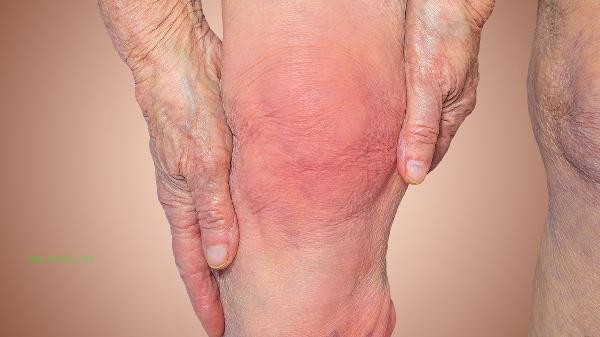
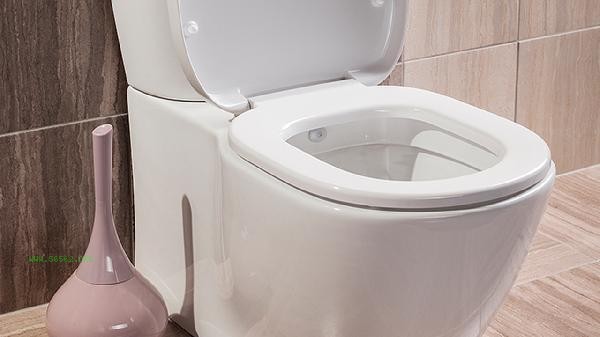
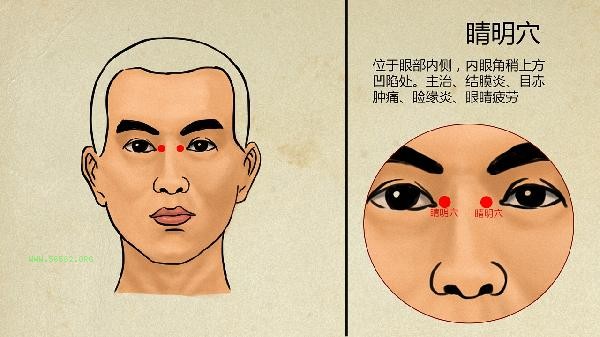
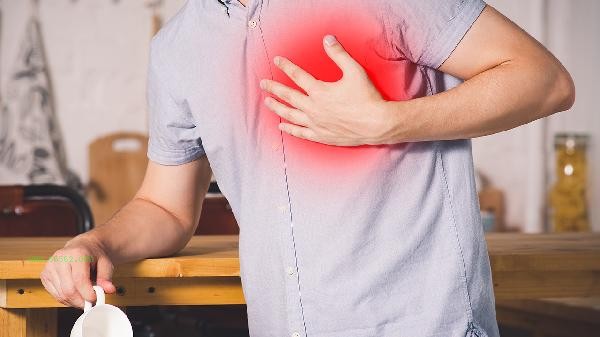
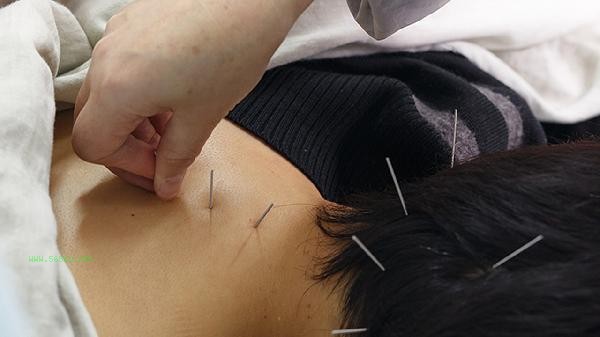


Comments (0)
Leave a Comment
No comments yet
Be the first to share your thoughts!